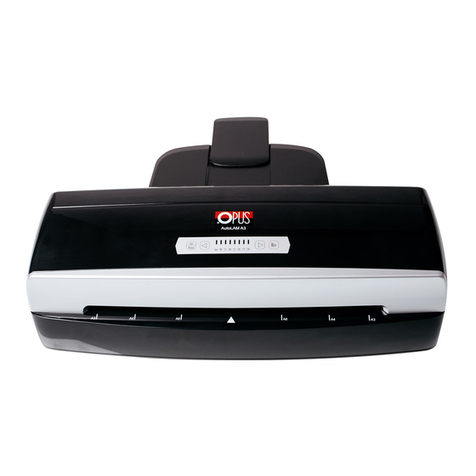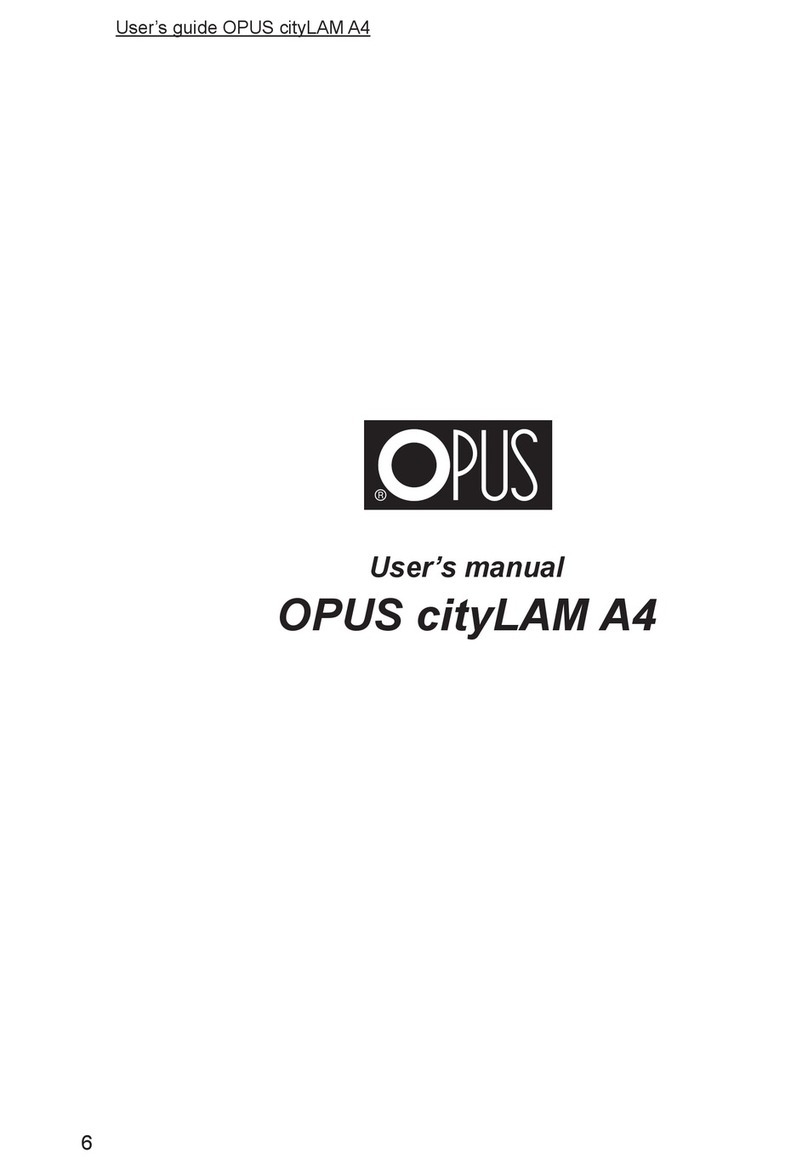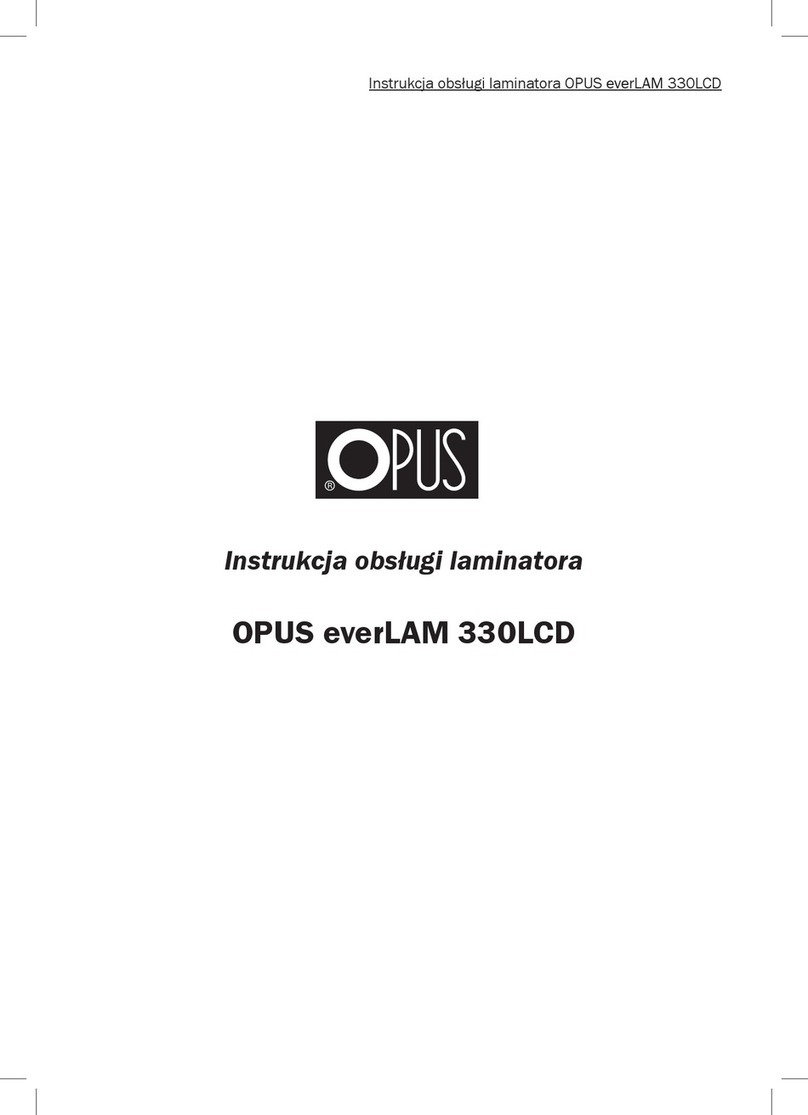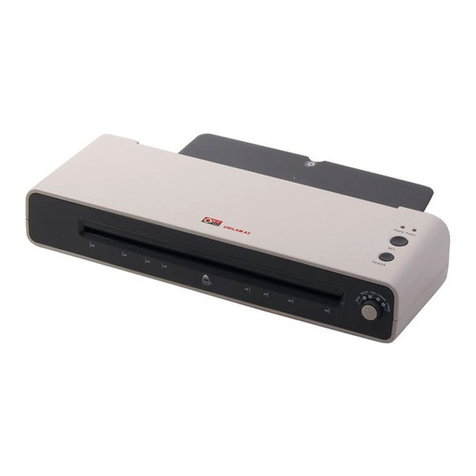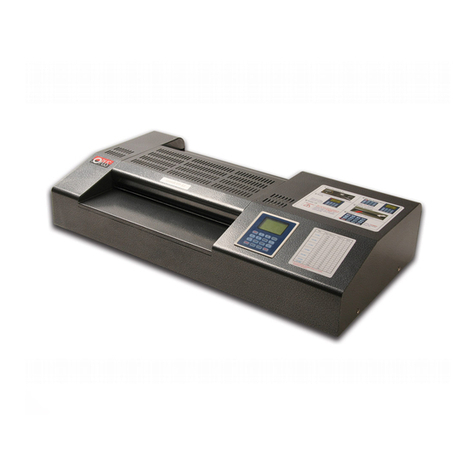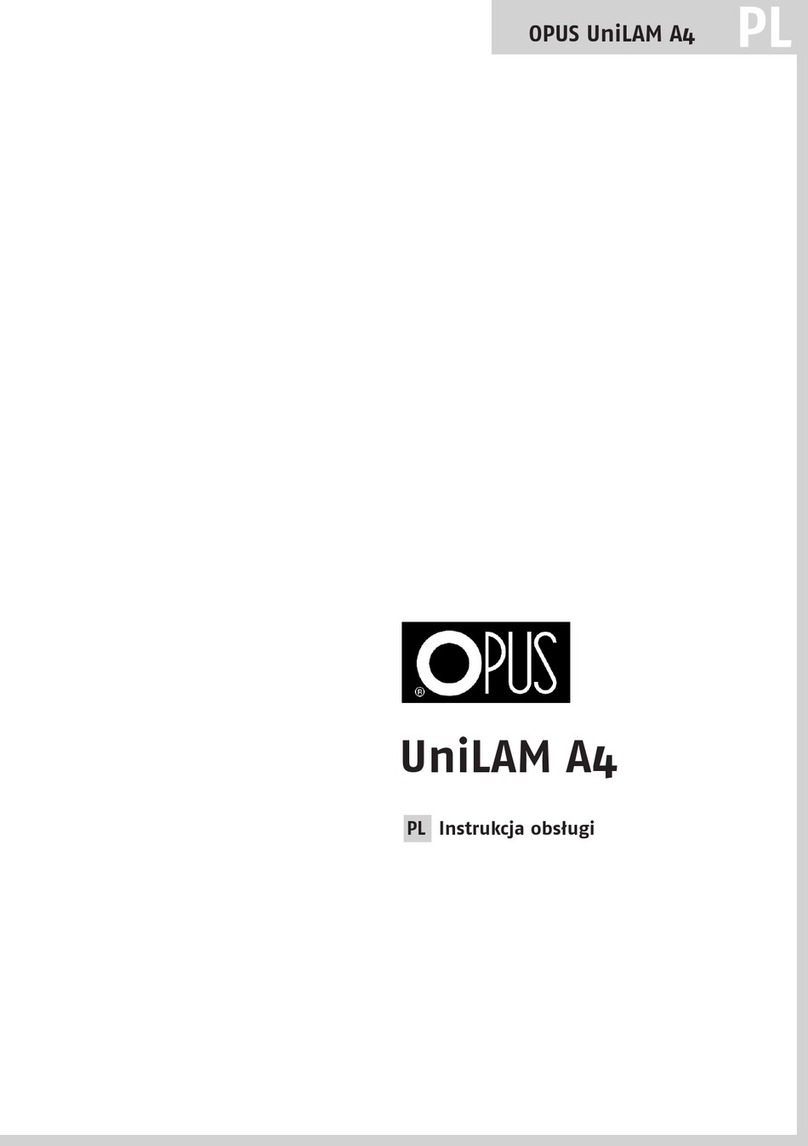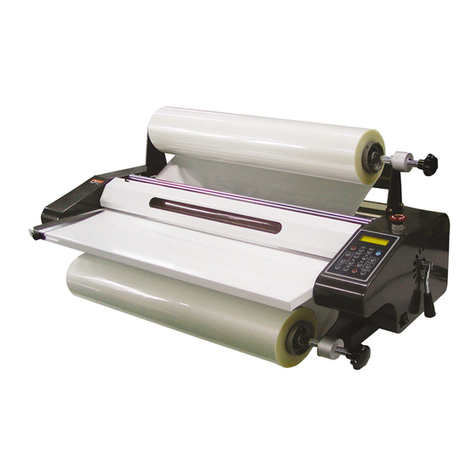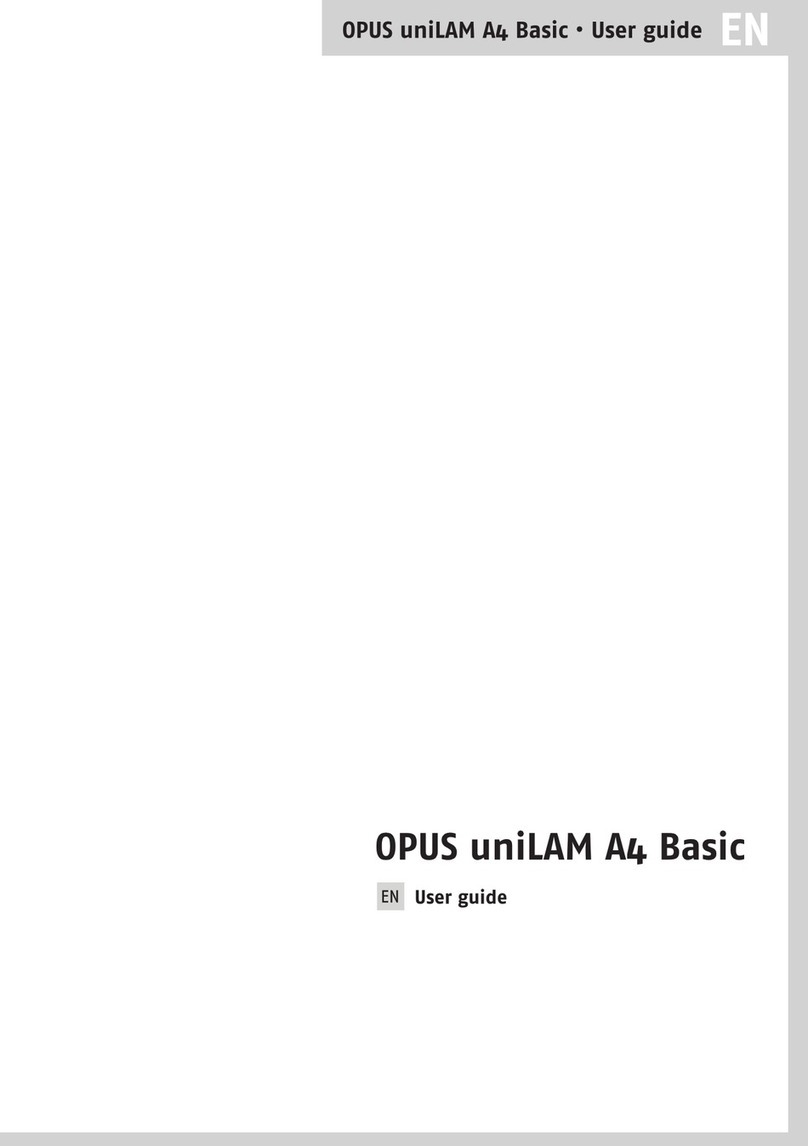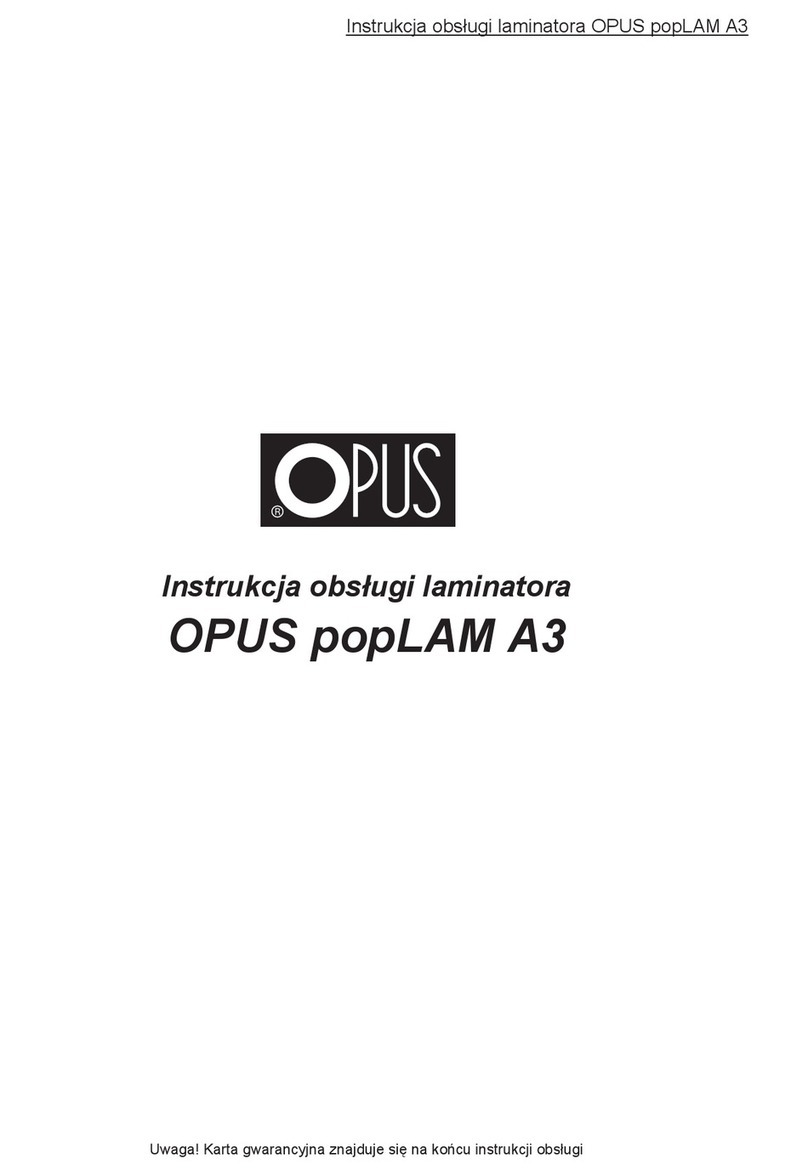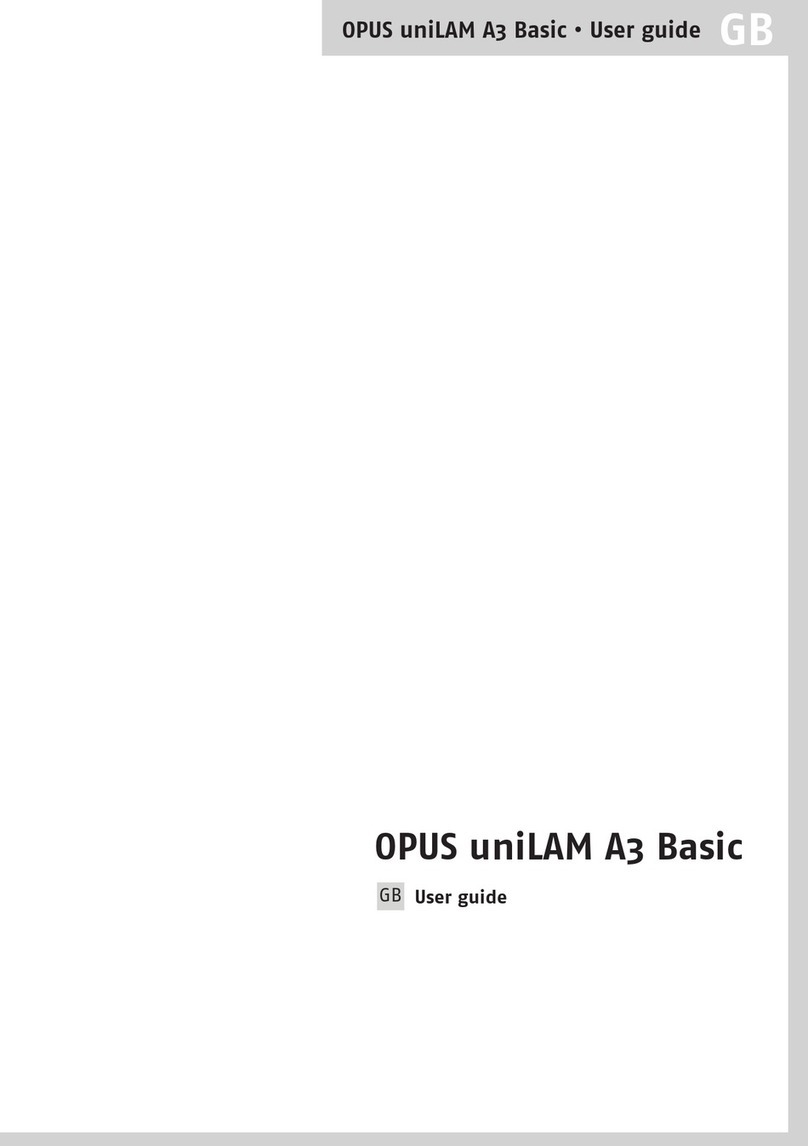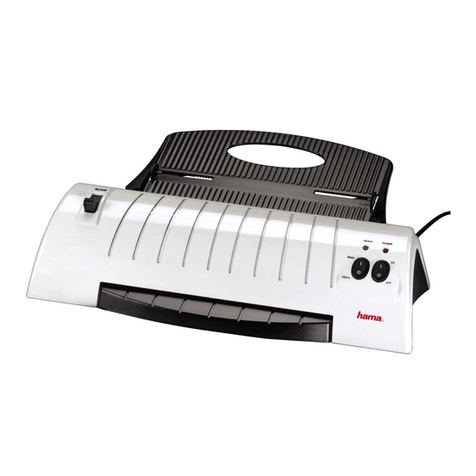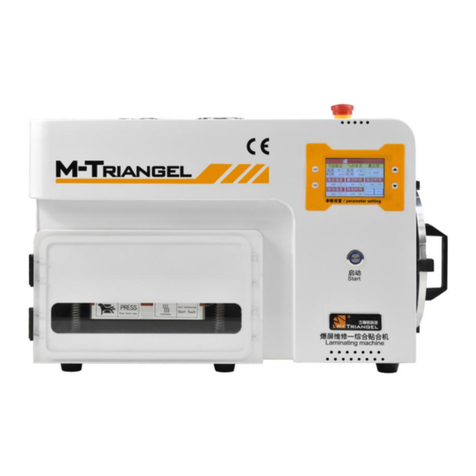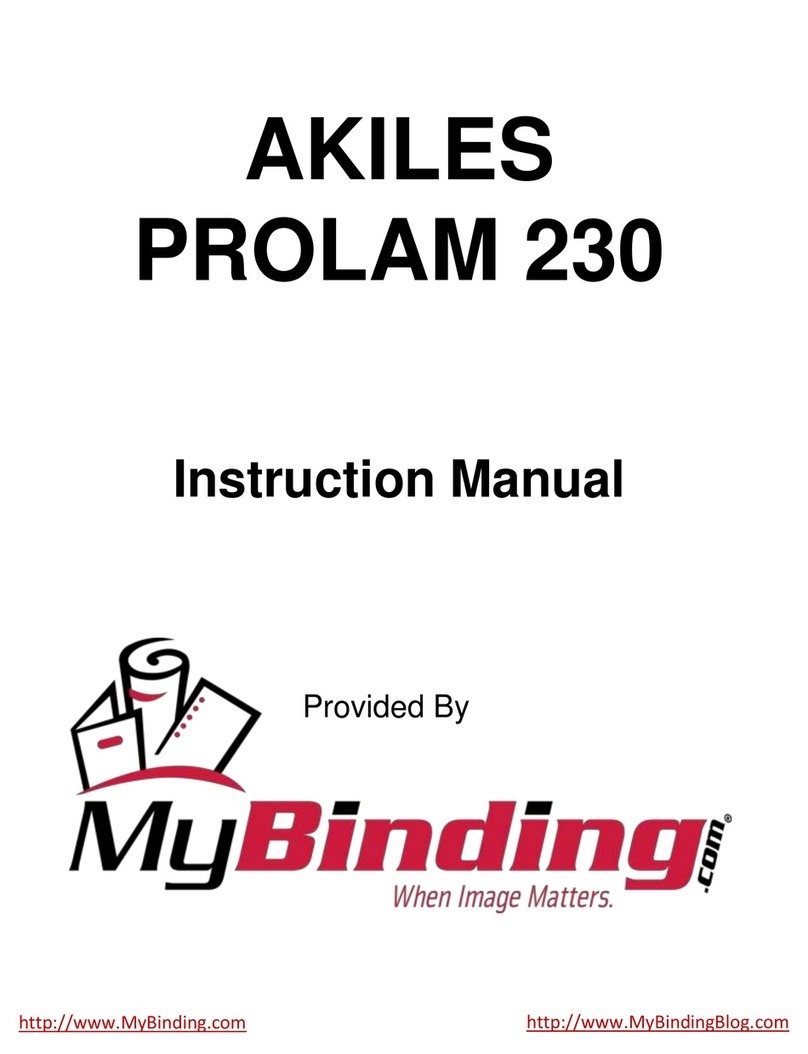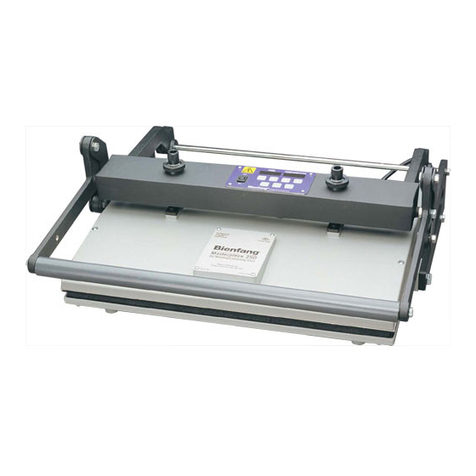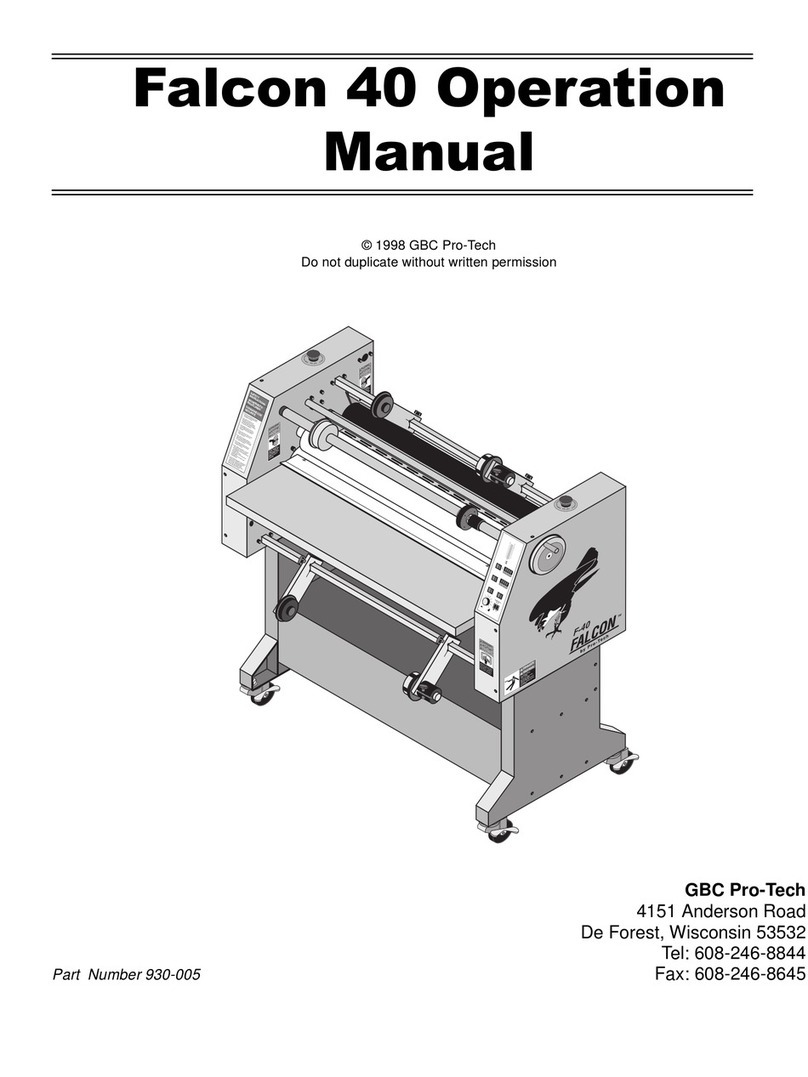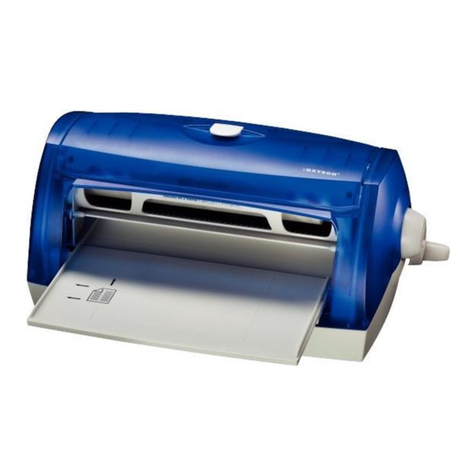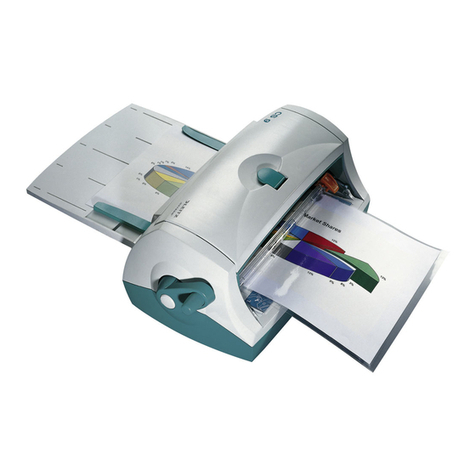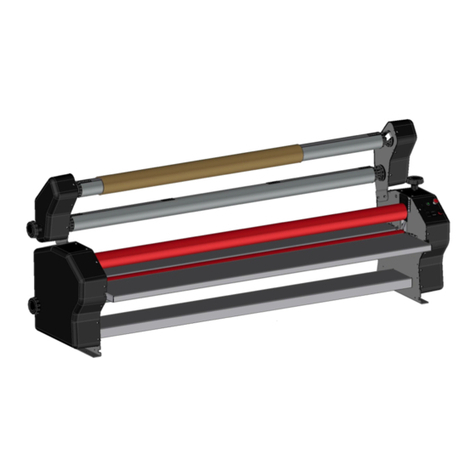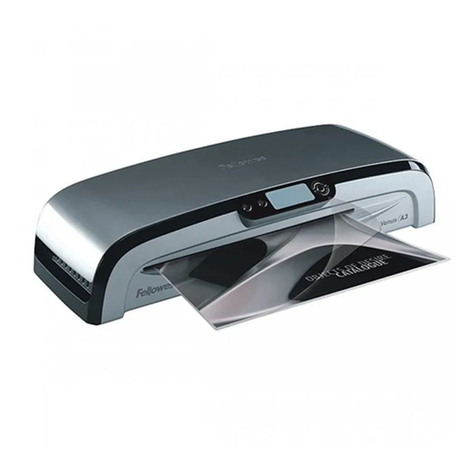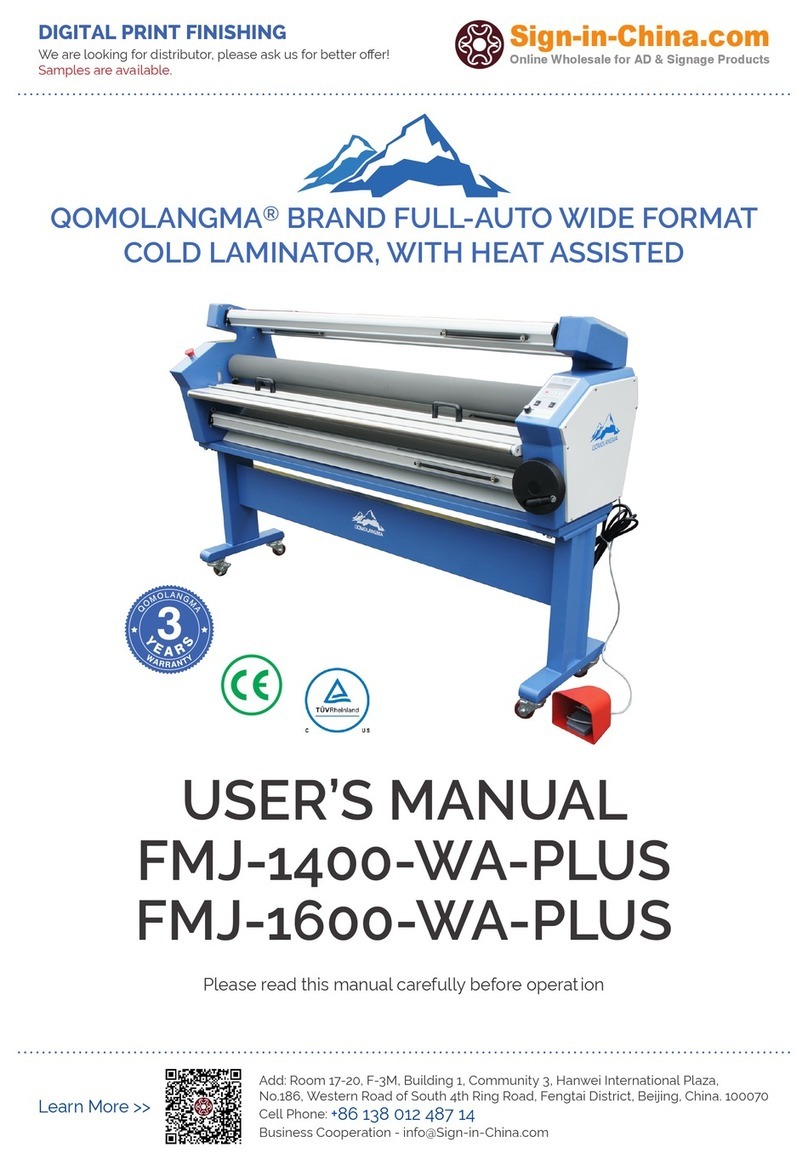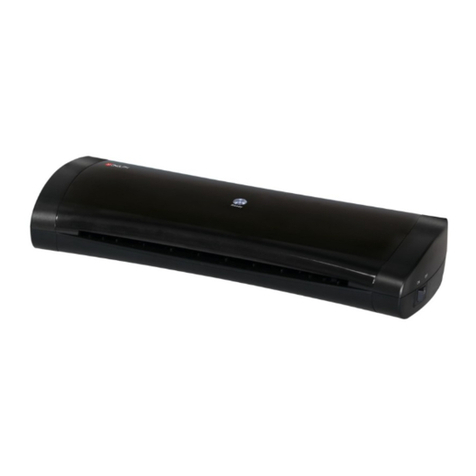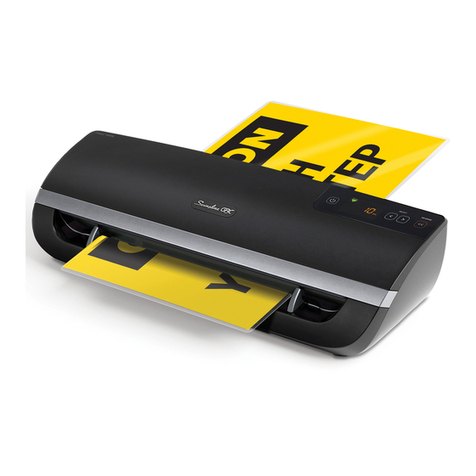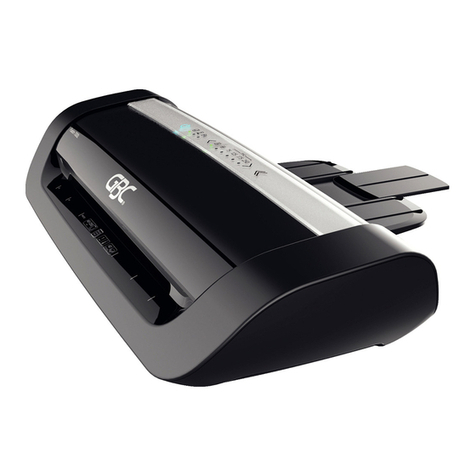User guide Coverator 330
2
HEALTH &SAFETY PRECAUTIONS
Before using and operating the equipment, please read the USER GUIDE
/ MANUAL, Health & Safety precautions and manufacturers recommendations.
USER GUIDE/MANUAL must be available at all times for an operator to read.
The equipment should be placed on a sturdy and level surface near a power socket
with correct earth connection and voltage. SEE TECHNICAL DATA
EQUIPMENT MUST BE:
1. protected against dust, moisture, and any liquids.
2. kept out of reach and away from children and animals.
EQUIPMENT MUST NOT:
1. be placed near heating or ventilation units.
2. be used in the vicinity/near inflammable liquids or gases.
3. be used for any other purposes than those indicated in the
USER GUIDE/MANUAL.
4. be located outside and should be operated in a room temperatures
higher than (+8 ºC ) (USA +46.4 ºF) due to condensation.
The power supply cable must be protected against any damage, nor used to pull
or move the equipment, and remove the mains plug from the socket.
Should there be any malfunction, it is necessary to check if the equipment is being
used and operated correctly, before contacting the service team, to avoid any
unnecessary cost to your company.
Before opening removing the outer cover from the equipment, remove the plug from
a power socket.
Opening or removing the outer cover from the equipment will VOID / CANCEL,
the Guarantee /Warranty during period.
Using any aerosols or inappropriate lubricants could cause a fire hazard.
Any repairs must be carried out by qualified and authorised staff only.
The equipment should be operated according to general Health & Safety rules.
The equipment should be operated only with the inspection panel closed.
Do not leave equipment operating without supervision or control.
After use and at night, you must turn the equipment off, using the main power switch
on the equipment.
! DANGER !
DO NOT STAND ANY LIQUIDS ON TOP OF THE UNIT: e.g.
MUGS, CUPS, TINNED/CANNED DRINKS, BOTTLES OF ANY SORT.
The equipment contains rotary elements, Keep long hair, loose
jewellery, ties and other loose pieces of clothing away from the
equipment they could get entangled in the rollers.
